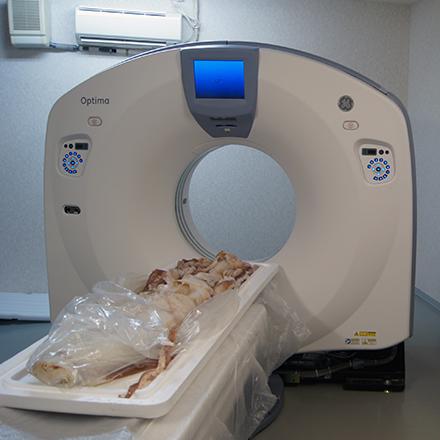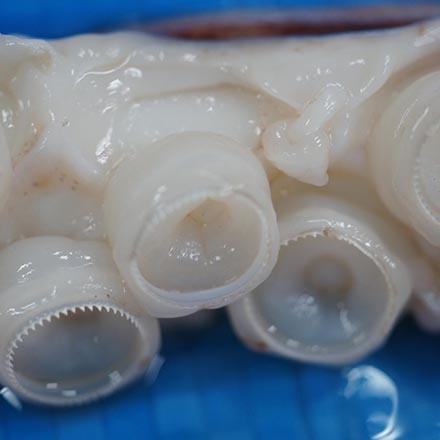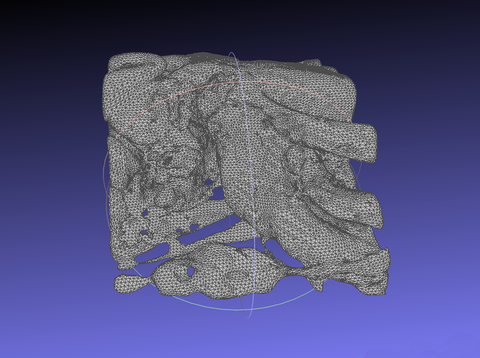Ryuta Nakajima, Artist
Artist Statement

The quest of modernity has come to its final phase in the form of postmodernism. Many of the past victorious attempts to define “individualism” and “self” seem to have found the wall of linguistic structure and categorization as governing principals of human consciousness. Postmodernism tends to recycle the façade of preexisting methods and theories, thereby creating fragmentation and dislocation. Simultaneously, the presence of computer technology is rapidly reshaping our visual culture by offering the potential for more streamlined production and distribution possibilities.
Considering this current environment, it is essential to investigate the effect and implication of the visual culture, by asking such existential questions as, Why do we make images? where do they come from? and what is their primary function? In order to answer these rather difficult questions, my work has focused on the cephalopods (squid, octopus and cuttlefish) adaptive coloration as a biological model that codes and re-maps visual information such as avant-garde paintings, photographs, and video. More specifically, their adaptive coloration is triggered by replacing natural substrates (sand, mud, seaweed, etc.…) with computer-generated images of paintings, photographs and videos. The genetically and evolutionally pure empirical data of squid and cuttlefish may not only uncover certain key information needed to understand the origin of visual communication, but also function as a catalyst that will redirect our culture away from the ever-simulated hyperreality. This, in turn, may create a truly valuable interdisciplinary platform to discuss the current trends in both art and science.

